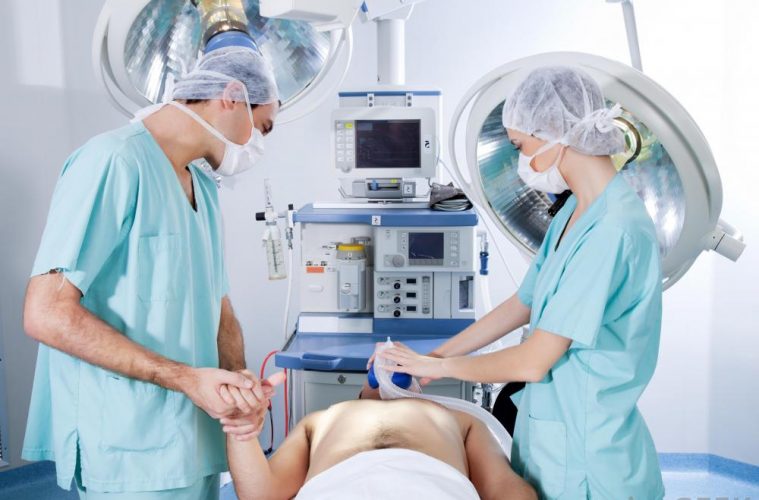Traditional anesthesia causes a number of side effects including respiratory depression. Although sedation is necessary in some cases, many procedures can be done in the office under monitored anesthesia care. You have minimal risks when a doctor uses this approach.
Determining if You’re a Candidate
The first step of the process is to determine if you’re a candidate for this type of anesthesia. In order to determine this, your doctor will acquire comprehensive information regarding your medical history. The questionnaire will inquire about any heart or lung conditions you have. The doctor will want to know about any other medical conditions you have as well as any medication allergies you might have.
Initial Process
The doctor will start by inserting an intravenous catheter, where the anesthetic drugs will be administered. The procedure will require monitoring. For instance, you’ll have on equipment to monitor your heart rate, pulse ox and blood pressure.
Local Anesthesia
To relieve pain, you’ll receive a local anesthetic that numbs the area where the doctor applies it. The doctor only applies the local anesthetic to the area where you’re having surgery.
Relaxation Drug
The doctor administers a medication to relax you and ease your anxiety. At this point, the doctor may give you Propofol, a sedative that induces a state of restfulness. It’s easy to wake you from Propofol. Although you won’t lose consciousness, it’s possible you won’t remember anything about the procedure due to the medication.
Light General Anesthesia
Depending on your procedure, we might administer a light general anesthetic. This particular form of anesthesia puts you to sleep. It’s not as easy to wake you from this type of anesthesia as it is from a drug like Propofol.
Benefits of Monitored Anesthesia Care
Your blood pressure won’t decrease as much, which puts you less at risk for serious heart complications. It’s ideal for people who have heart problems. Your breathing patterns remain steady when you’re given a local anesthetic paired with an anxiety medication. This reduces respiratory depression and is better suited for people who have asthma or another similar breathing condition. Nausea is reduced when you’re given this type of anesthesia. You’ll recover quicker when you’re conscious for the procedure. Generally, you’re able to go home sooner when you’re not given a general anesthetic.
Negatives of Monitored Anesthesia Care
The main disadvantage of this anesthesia technique is the lack of airway control you’ll have. It puts you at risk for aspirating or obstructing. A trained professional must administer the anesthesia carefully in order to maintain spontaneous respirations while still remaining at the correct depth. The goal of the anesthesia is for the patient to remain comfortable throughout the entire process.

